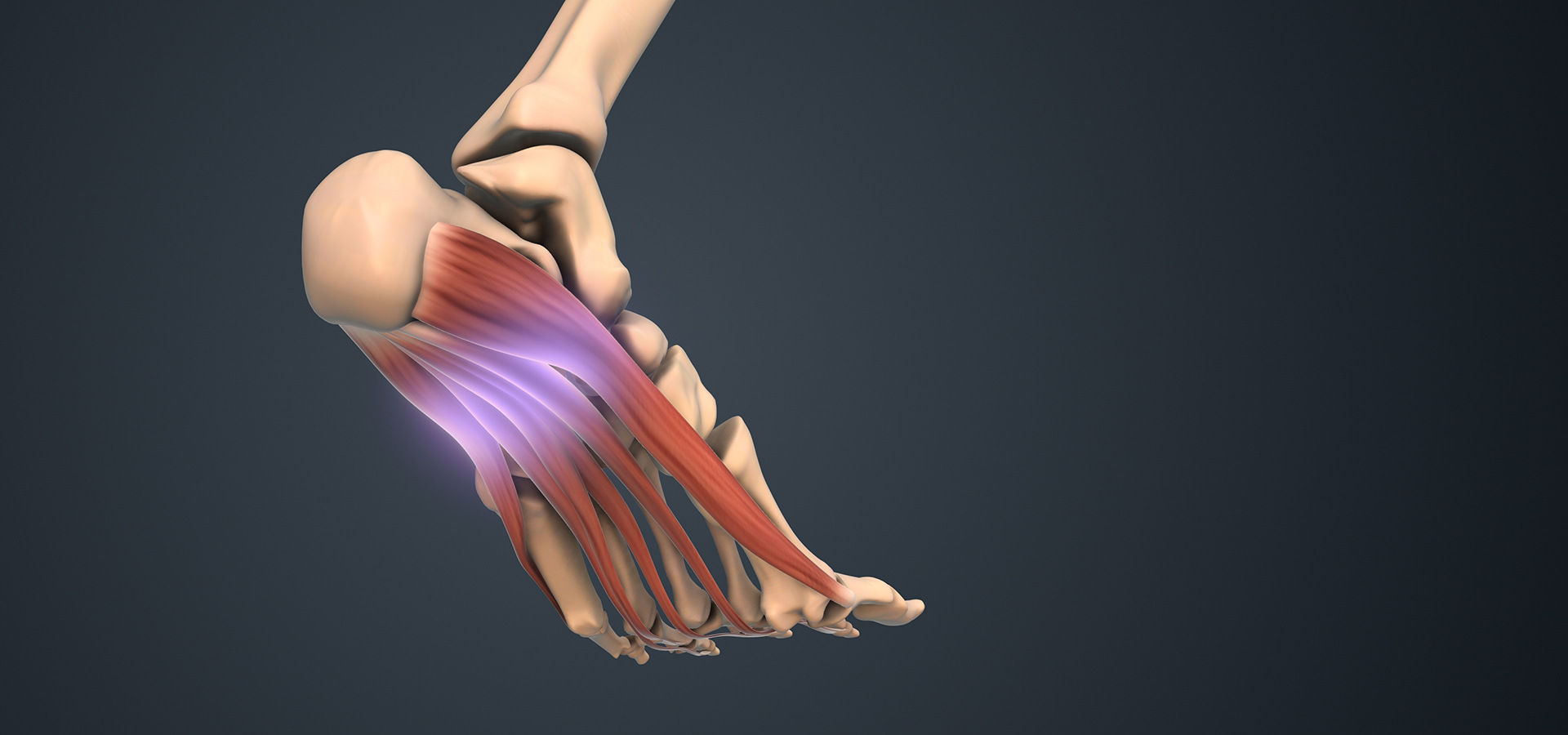
Diagnosing Abnormal Gait: The What, Why, How, and Who
Abnormal gait is frustrating to the people who experience it. It interrupts everyday life, limits range of motion causes pain, decreases activity levels, and causes people to give up on pastimes they love – sometimes all at once.
The news is not all bad, though. With the right gait analysis and plantar pressure mapping systems, improved patient outcomes can be seen, sometimes right away. The faster you can diagnose abnormal gait, the sooner you will see improvement in patients, an uptick in traffic, an increase in profits, and a deepening of brand recognition.
Let us focus on the what, why, how, and who of diagnosing abnormal gait.
The What: Gait Abnormalities 101
As you already know, gait is how we move from step to step. It varies according to how fast we are moving, how old we are, and what ailments we are dealing with, but the pattern is essentially the same in everyone. If you are a clinician, no one needs to tell you what a wide array of forms abnormal gait can take.
Over time, it is increasingly likely that people will experience a gait abnormality. Sometimes, it is due to aging, while other times, a sports injury or degenerative condition is the cause. Whatever the case, ambulatory dysfunctions can manifest widely, including:
- Limping, waddling, lurching, or crouching;
- Dragging or shuffling of the feet;
- Short, fast steps to compensate for unnatural spinal postures;
- Weakness and lack of coordination;
- Compensating for pain by offloading pressure in asymmetrical ways;
- Scissors gait, where knees or thighs cross or bang into one another; and
- Pronation and supination.
Sometimes, gait disorders are temporary; other times, they require lifelong management. Determining what is affecting your patient or client is among the many challenges of gait assessment. These challenges lie at the root of why we care so much about proper gait diagnosis.
The Why: Goals and the Challenges of Gait Diagnostics
Understanding the root of gait abnormalities, and therefore diagnosing them correctly, can be challenging indeed. These difficulties may arise from any number of factors, such as:
Incorrect or Difficult Diagnoses
Sometimes, it is difficult to see what is happening during the gait cycle. This could be because a person moves too fast, because it is impossible to visually inspect the area between the foot and the ground, or because clinicians without X-ray vision (i.e., all of them) are unable to see inside a shoe.
Proper Injury and Wound Healing
If you cannot get the right data, you cannot reliably help your patients heal from wounds and injuries. Only when you fully understand gait can you provide treatment plans that will lead to total healing (or as complete as possible).
Deficiencies in Product Design
When data-gathering products are deficient, quickly obsolescent, or hard to use, solving already difficult problems becomes even more difficult.
Unreliable or Incomplete Data
When your data is incomplete or unreliable, you can never know if your diagnoses are correct or if your interventions are effective. When patients return for follow-up care or ongoing physical therapy, it can feel quite frustrating to see that they have not made much progress.
Client Dissatisfaction
This leads directly to client dissatisfaction and disenchantment with your abilities as a professional. Sometimes, this is limited to one client, but other times, it may leak into the wider public sphere through negative reviews and word-of-mouth.
Lack of Client Education
Without the right technology to diagnose issues properly, you also lack the information you need to train your clients and patients in their own care. This leads to rework, lost time, wasted money, and frustration.
Inappropriate Orthotics
With incomplete data, you do not have the information you need to recommend the best possible shoes, inserts, and other assistive devices. Again, this leads to slow or no healing, patient dissatisfaction, and rework.
The How: Designing Complete Gait Abnormality Solutions
It is time to design a better system for detecting gait abnormalities. Clinical gait assessment requires complex data and evidence-based interventions, precisely what sensor-based technology can provide.
Wearable shoe inserts help detect otherwise invisible variations in pressure, giving valuable insight into what happens from step to step—both inside the shoe and underneath the sole. Real-time feedback enables better client education, reduced injury, fewer pressure sores, and increased response time on the part of the clinician or researcher.
A complete solution will also include robust software to help you summarize results, compare them side by side, and generate reports. You can share these with team members, upload them to patient files with HIPAA-compliant data protection, share with patients, and use them to inform later treatments – for that patient and others.
All you need is the right system.
The Who: 360-Degree Gait Analysis with XSENSOR
Lastly, it is time to touch on the who. How do you gather rich and robust data to diagnose abnormal gait quickly and accurately? How can you use gait measurement systems to validate diagnoses, devise treatments, and assess their outcomes? And how can you do it all today?
XSENSOR’s clinical gait analysis insoles hold the answer. An in-shoe plantar pressure and gait measurement system, our insoles are thin, flexible, and comfortable, practically unnoticeable by patients and clients. Wireless data transmission to your software ensures free movement so that you can collect the most accurate data possible. That is the hardware.
Now for the software. XSENSOR’s Clinical Cloud software package is paired with our insoles to create the ultimate comprehensive system. Powered by AI and lightning-fast, it transforms gait data into immediate, actionable conclusions. Now, you can visualize movement in real-time and slow motion, assess pressure data, and understand gait like never before.
Never has diagnosing and addressing abnormal gait been so easy. Contact us today to get started.
